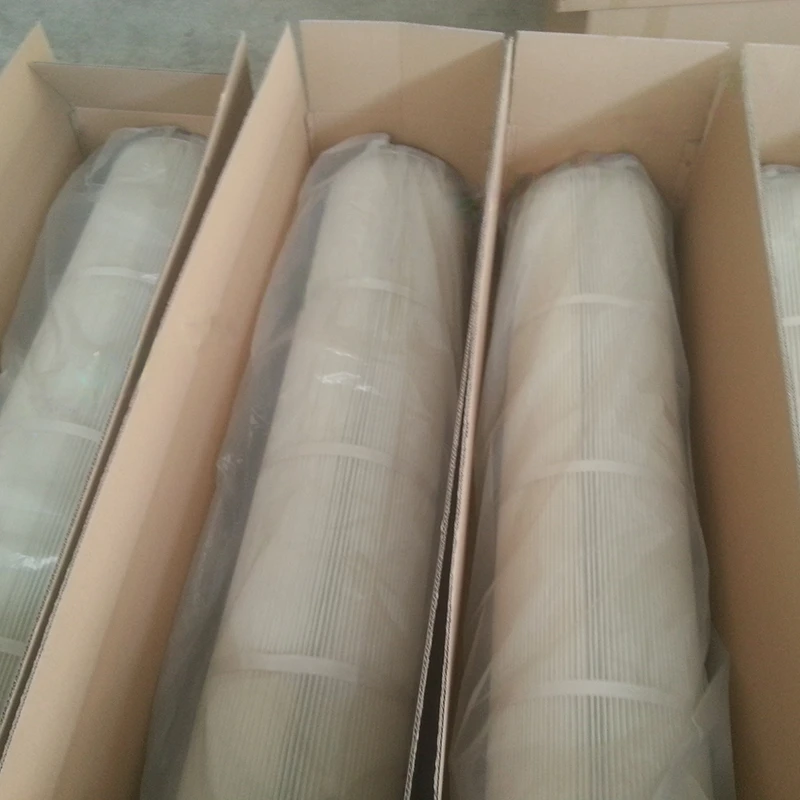 Tel:
+8615930870079
Tel:
+8615930870079
Nën . 30, 2024 07:02 Back to list
Gas Turbine Air Intake Filtration Systems for Enhanced Efficiency and Performance
The Importance of Gas Turbine Inlet Filters
Gas turbines are critical components in various industrial applications, ranging from power generation to aviation. One of the key elements that ensures the efficiency and longevity of gas turbines is the inlet air filtration system. Gas turbine inlet filters play a pivotal role in protecting turbines from harmful particles and contaminants that can compromise their performance. This article delves into the significance of gas turbine inlet filters, their types, and their maintenance.
Gas turbines operate on the principle of converting fuel energy into mechanical energy through a high-speed rotational process. This process requires a constant influx of clean air to maintain optimal performance. Contaminants present in the air, such as dust, dirt, pollen, and other particulates, can lead to numerous issues, including reduced efficiency, increased fuel consumption, and potential damage to turbine components. Consequently, a high-quality inlet filter is essential for preserving the integrity of the turbine system.
There are two primary types of gas turbine inlet filters mechanical and electrostatic. Mechanical filters operate through a physical barrier, trapping particles as air passes through. They are typically made from materials like fiberglass or synthetic fibers and can be classified into various grades based on their filtering efficiency. The most common types include panel filters and bag filters, which differ in their surface area and particle retention capacity.
On the other hand, electrostatic filters utilize charged particles to attract and capture contaminants from the air. These filters can be highly effective in removing ultra-fine particles, which are often hard to filter using mechanical means. Both types of filters can be used in combination to enhance filtration efficiency and extend the life of the gas turbine.
gas turbine inlet filter

One of the main challenges with gas turbine inlet filters is the need for regular maintenance and replacement. Over time, filters become saturated with captured particles, leading to increased pressure drop across the filter. This can hinder airflow to the turbine, reducing its efficiency and increasing the wear and tear on its components. Regular inspection and cleaning of the filters are essential to ensure optimal performance. Some systems incorporate pressure monitoring devices to alert operators when filters need maintenance.
Another aspect to consider is the environmental conditions in which the gas turbine operates. In dusty or polluted environments, filters may require more frequent changes. Additionally, the type of fuel used can influence the particles present in the air, affecting filter performance and lifespan. Operators must consider these factors when designing their filtration systems and scheduling maintenance.
Advancements in filtration technology have led to the development of synthetic media and nanofiber filters, which offer enhanced filtration efficiency and lower pressure drops compared to traditional materials. These innovations have made it possible to improve the overall performance and reliability of gas turbines, particularly in challenging operating environments.
In conclusion, gas turbine inlet filters are critical for ensuring the efficiency and longevity of gas turbines. By preventing harmful particulates from entering the turbine, these filters play an essential role in optimizing performance and reducing maintenance costs. Understanding the types of filters available, their maintenance requirements, and advancements in filter technology can significantly impact the operational effectiveness of gas turbines in various applications. As industries continue to focus on maximizing efficiency and minimizing downtime, investing in high-quality inlet filters will remain a priority for gas turbine operators worldwide.
-
Types and Applications of Air Filtration CartridgesNewsJul.28,2025
-
The Role of Gas Turbine FiltersNewsJul.28,2025
-
Mastering Air Filter Cartridge UseNewsJul.28,2025
-
Advanced Turbine Filters for Modern Gas TurbinesNewsJul.28,2025
-
Cellulose Air Filter Cartridge Advantages in Dust FiltrationNewsJul.28,2025
-
Cellulose Filters for Air Particle ReductionNewsJul.28,2025

 Email:
Email:





